VISITORS
GeoengineeringWatch.org Videos
Email Newsletter Sign-up
(Click the image above to sign-up)
Dane Wigington on Facebook
GEOENGINEERING WATCH T-SHIRTS, CARDS AND BUMPER STICKERS
Activist Awareness Materials
20 Page Fact & Photo Booklets
Follow Us On Rumble
Follow us on Twitter
Climate Engineering Introduction Letter
Activist Suggestion Page
Spanish Translations
Irrefutable Film Footage Of Climate Engineering Aerosol Spraying
Why Most Modern Jet Engines Are Nearly Incapable Of Producing Condensation Trails
Live Satellite Images Link
Gallery of Satellite Images of Eastern Pacific Spraying
Geoengineering Watch Photo Gallery
Legal Action
Billboards
DVD and Indictment Book
Top Stories
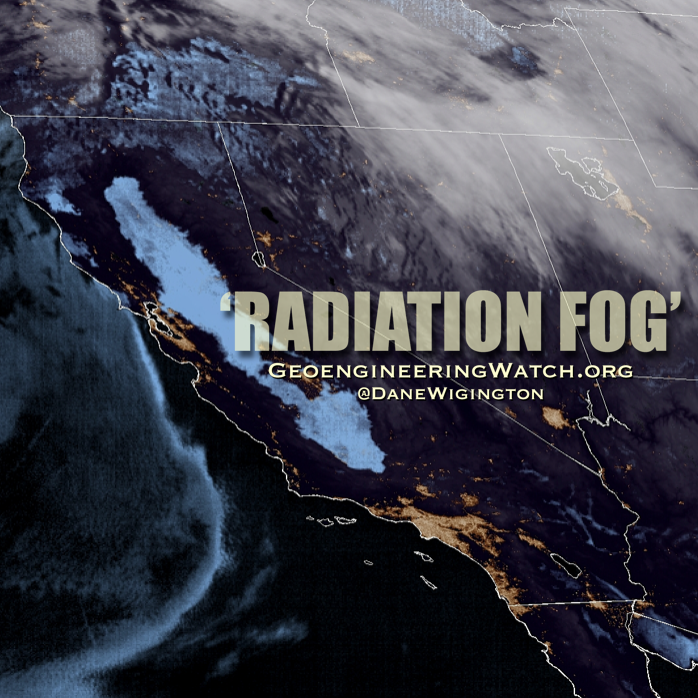

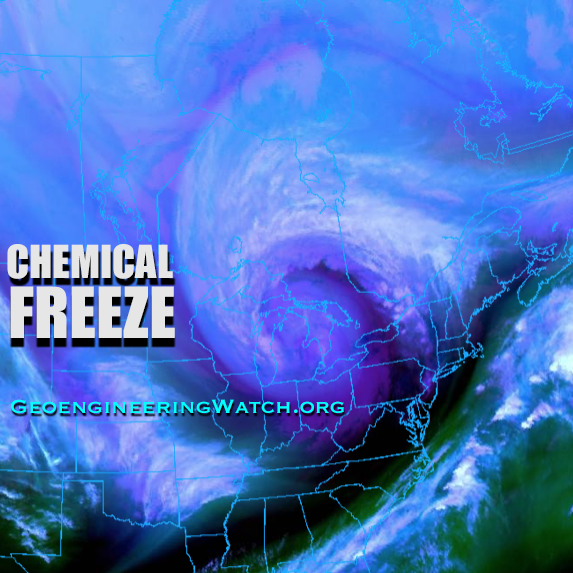

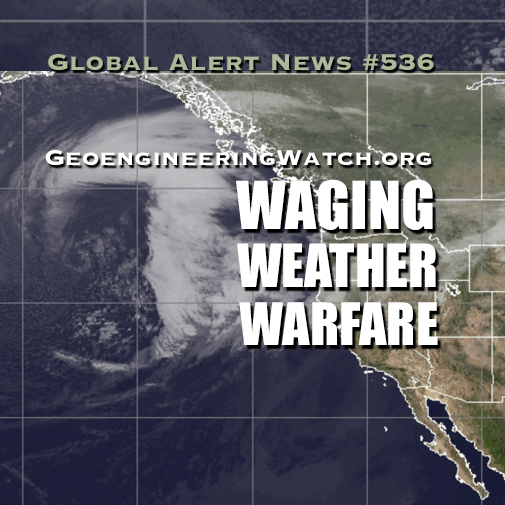
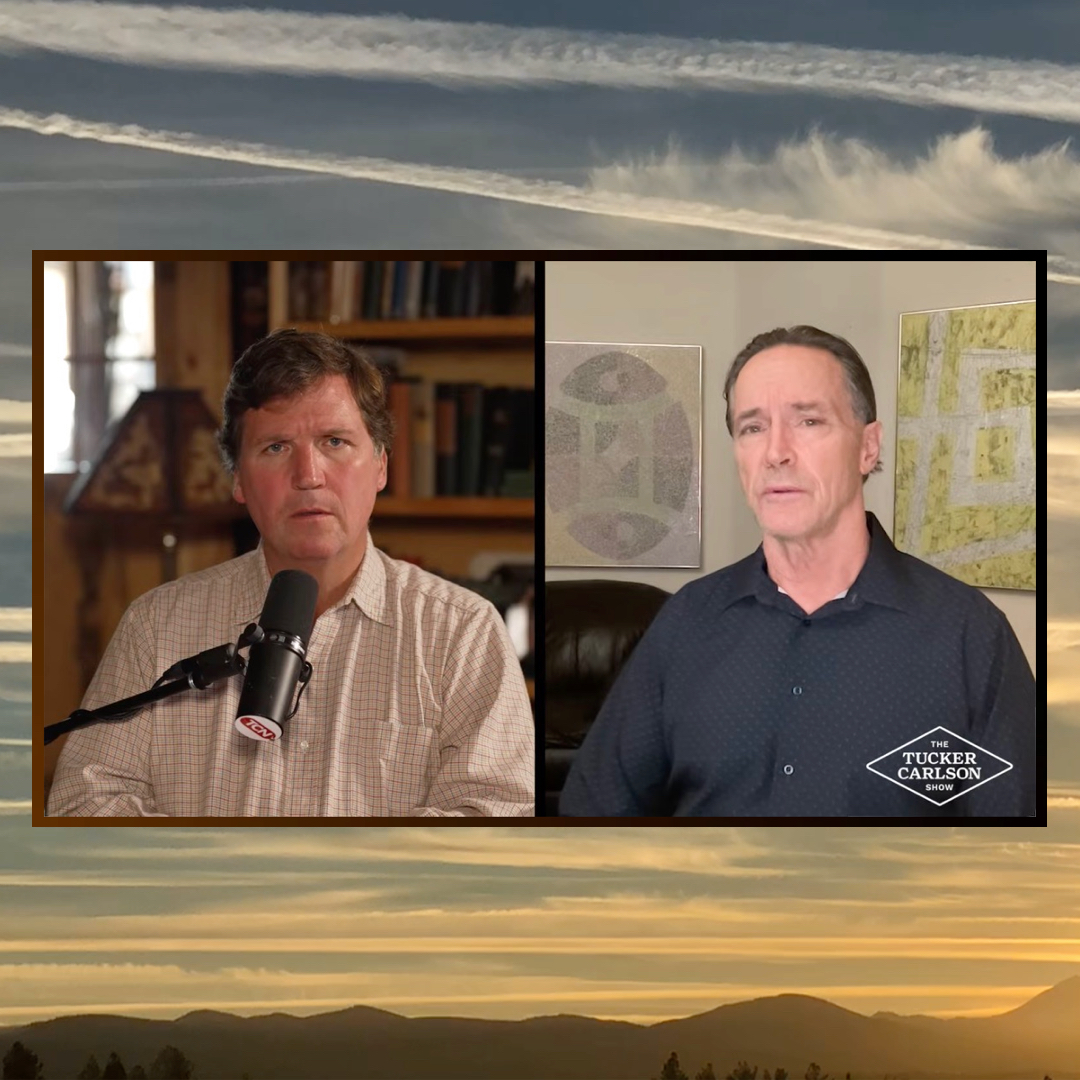


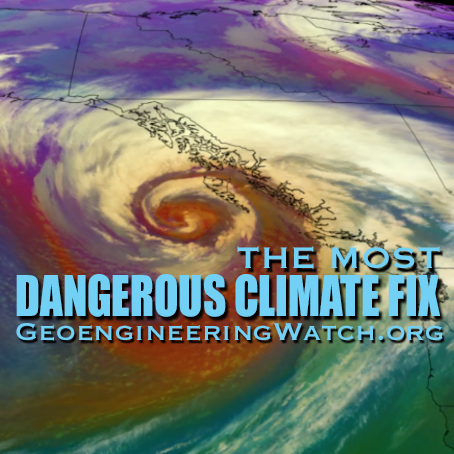

Engineered Droughts

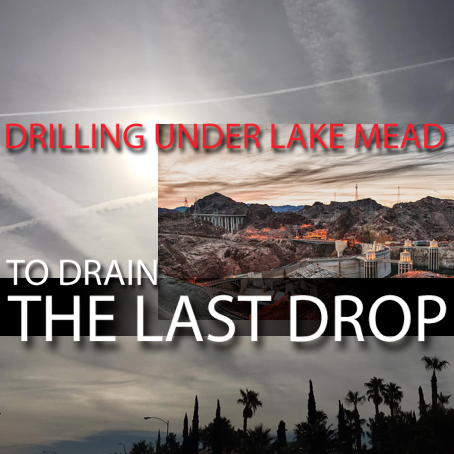







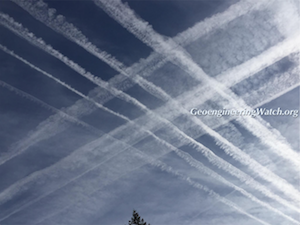
Radio






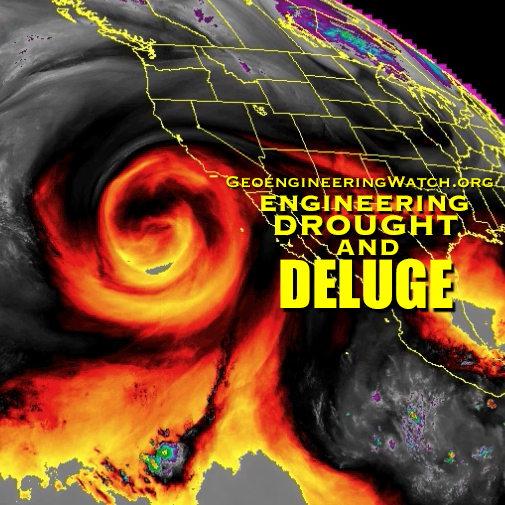

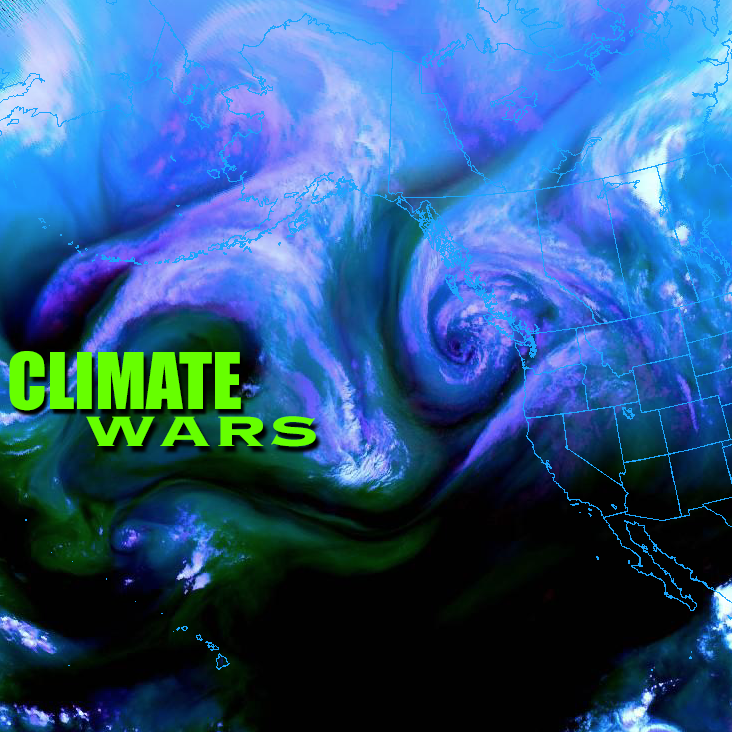
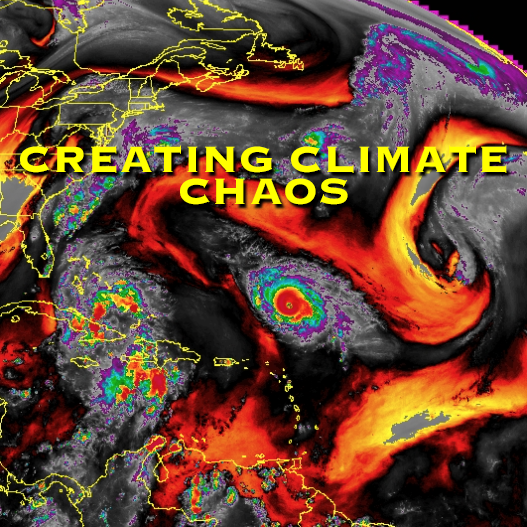
Creating Storms

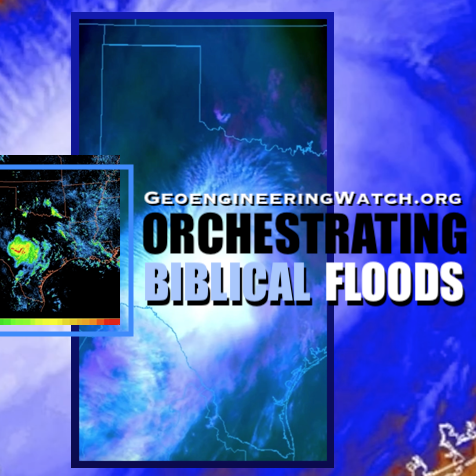
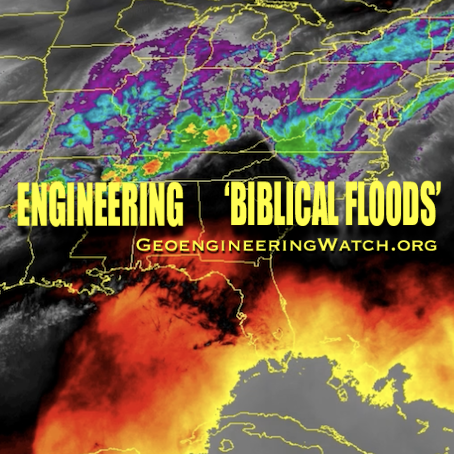
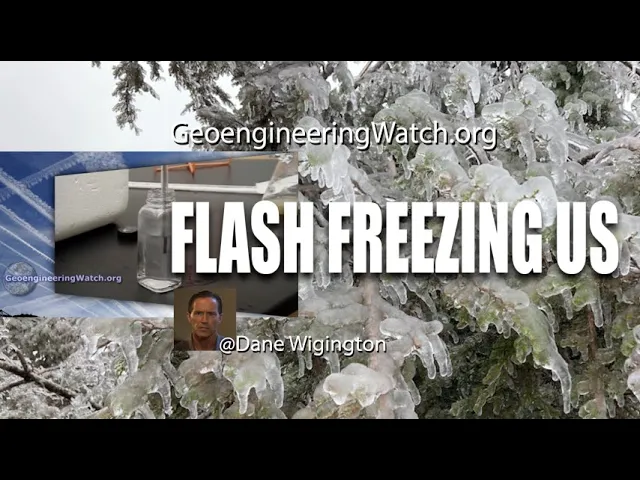
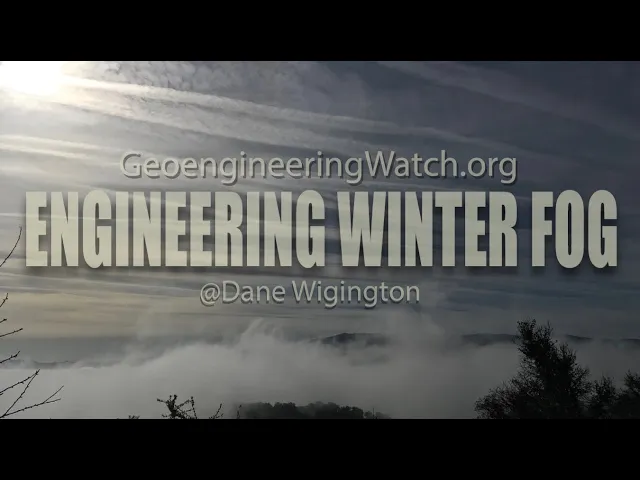
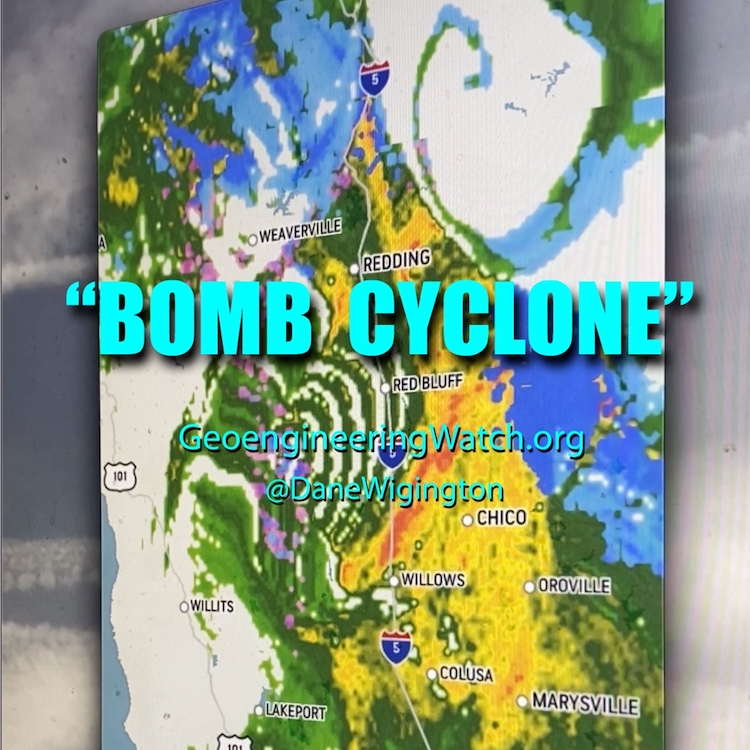
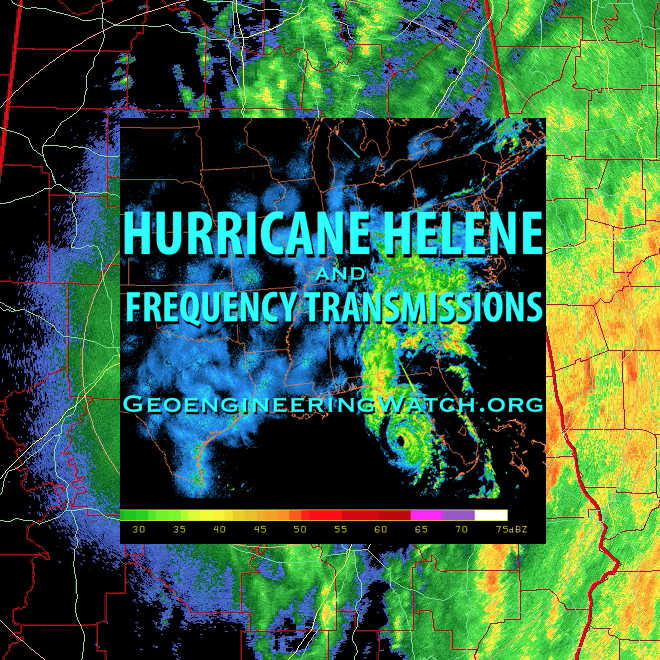



Aircraft Spraying Videos
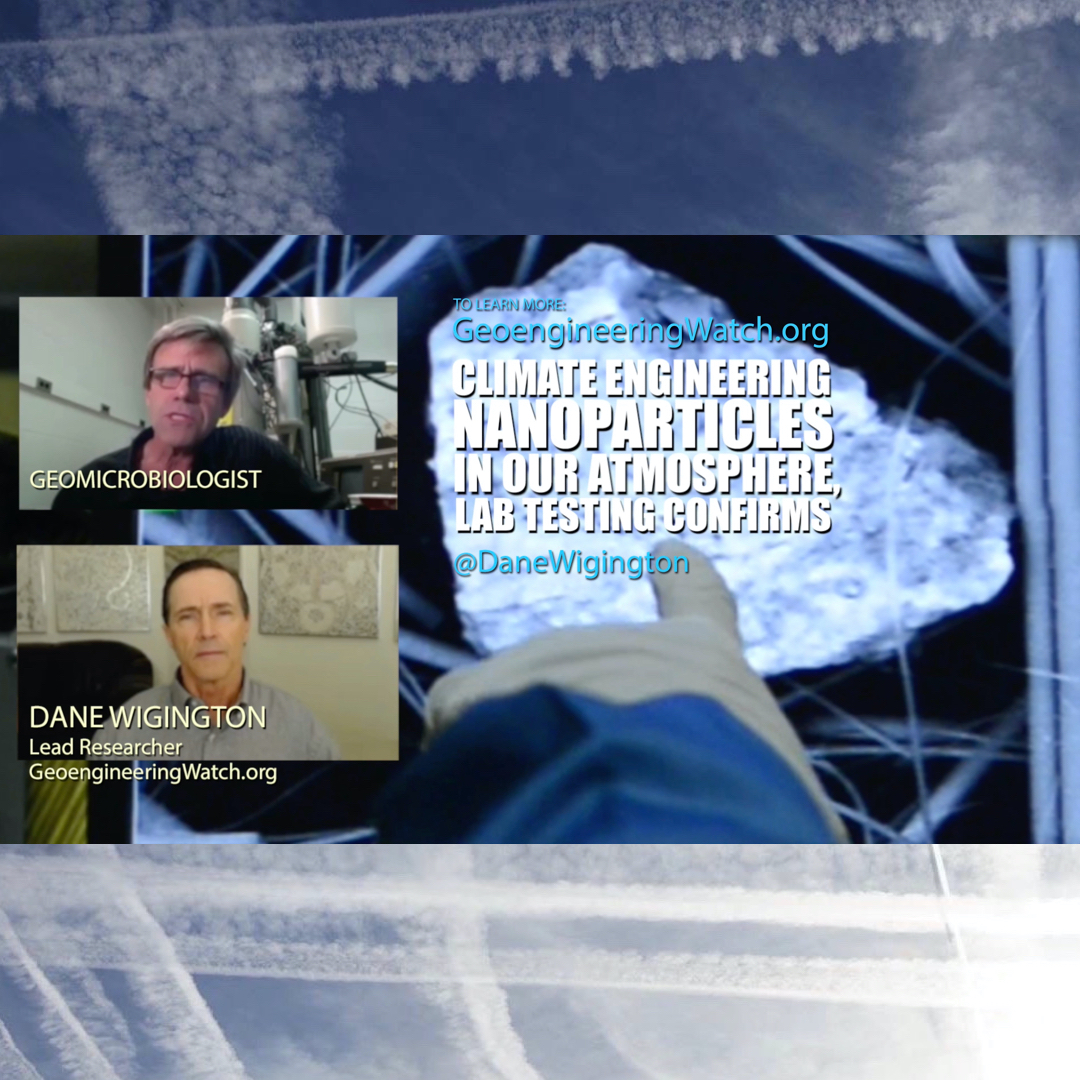









Activist Articles & Videos
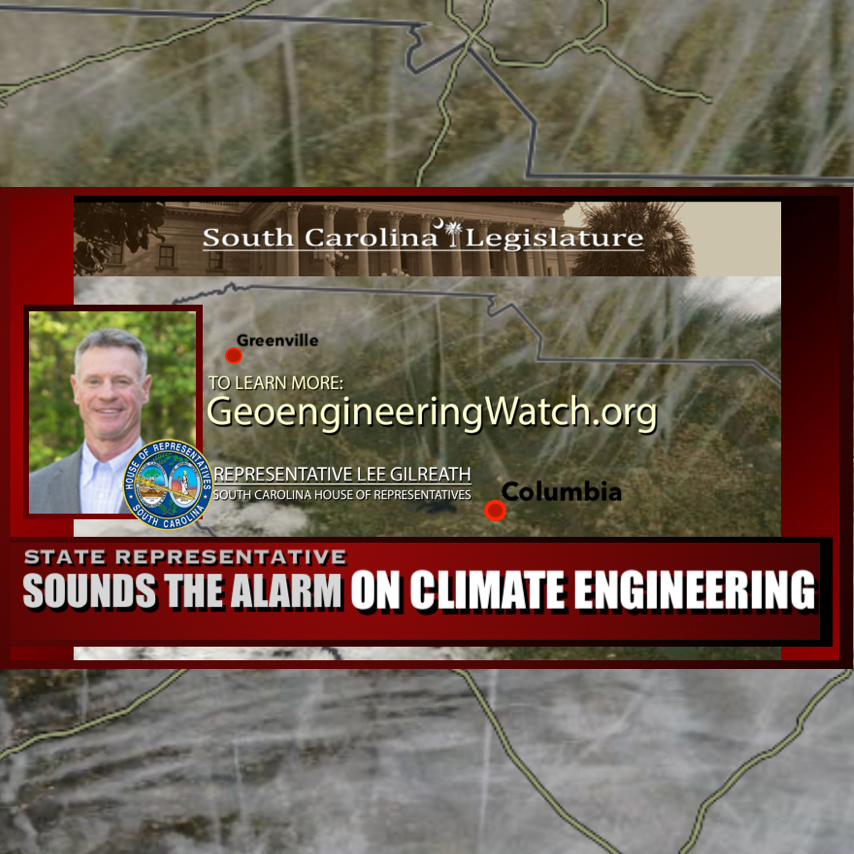
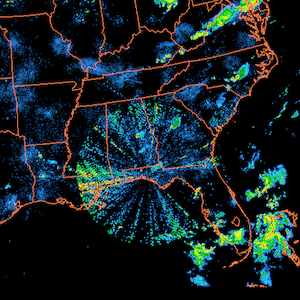



Health








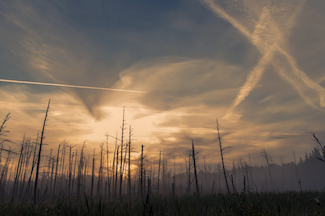

Tree Die-off






Radio Frequency Dangers


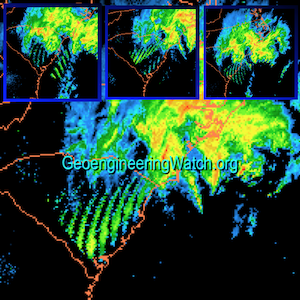

Perspectives





These Jets are Spraying Aerosols
Government Document: “Weather as a Force Multiplier”
Social Profiles
Global Meltdown
Source: Bloomberg America's coastal cities are preparing for legal battles over real estate that slips into the ocean. One April morning in 2016, Daryl Carpenter, a charter boat captain out of Grand Isle, La., took some clients to catch redfish on a marsh pond that didn't use to exist. Coastal erosion and rising seas are […]
Source: The Guardian As climate scientists predicted, glaciers are vanishing due to rapidly warming temperatures. With global warming, we can make predictions and then take measurements to test those predictions. One prediction (a pretty obvious one) is that a warmer world will have less snow and ice. In particular, areas that have year-round ice and […]
Source: New York Times SYDNEY, Australia — An underwater heat wave that damaged huge sections of Australia’s Great Barrier Reef two years ago spurred a die-off of coral so severe that scientists say the natural wonder will never look the same again. Scientists said nearly one-third of the reef’s coral were killed when ocean temperatures […]
Source: The Sydney Morning Herald Climate scientists are used to seeing the range of weather extremes stretched by global warming but few episodes appear as remarkable as this week's unusual heat over the Arctic. Zack Labe, a researcher at the University of California at Irvine, said average daily temperatures above the northern latitude of 80 […]
Source: Now Toronto Recent studies suggest it is irresponsible to rule out the possibility after last week's "warning to humanity" from more than 15,000 climate change scientists Shifts in climate can be exponential, abrupt and massive due to “feedbacks,” which can amplify and diminish the effects of global warming. A “warning to humanity” raising the spectre “of potentially […]
The just issued warning from the science community in the article below may seem dire, but in fact, the warning falls far short of reality. Issues like the ozone layer collapse are completely glossed over in this new warning which simply pushes the official lie that the ozone layer is recovering (which, again, is patently false). The worsening ozone […]
Source: The Verge The four glaciers are grounded, they’re not floating Between 2008 and 2012, warmer than usual waters caused four glaciers in Western Antarctica to flow toward the sea faster than any other glacier on the continent. The glaciers also lost more than three times the amount of ice than usual, according to new […]
Dane Wigington GeoengineeringWatch.org The Western US has, at minimum, long since become a climate sacrifice zone for the geoengineers. The current NOAA departure from normal high temperature "forecast" map is below. This map reflects nothing less than the "scheduled" weather from primary climate engineering contractor, Raytheon, who does all the forecast modeling for the National Weather Service […]
Dane Wigington GeoengineeringWatch.org It's official, one of the largest icebergs ever recorded just broke off from Antarctica. This extraordinary ice calving event happened in spite of it being the middle of winter at the South Pole. It happened in spite of the all out climate engineering chemical ice nucleation assault being carried out on both polar […]
Source: Discover Magazine This animation consists of false-color images of the Russian coast and adjoining East Siberian Sea acquired by NASA’s Aqua satellite. On June 18, the offshore waters were choked with sea ice. By July 6, 2017, a lot of it had broken up. In the false-color scheme, land is green, black is indicative of open […]
DONATIONS LINK
YOUR SUPPORT KEEPS US
IN THIS CRITICAL FIGHT
Contact/Donation Address
Dane Wigington
P.O. Box 9
Bella Vista, Ca 96008
Search This Site: Type in box below, then Hit ENTER on your keyboard
Previous Articles Archive
Previous Articles Archive
Recent












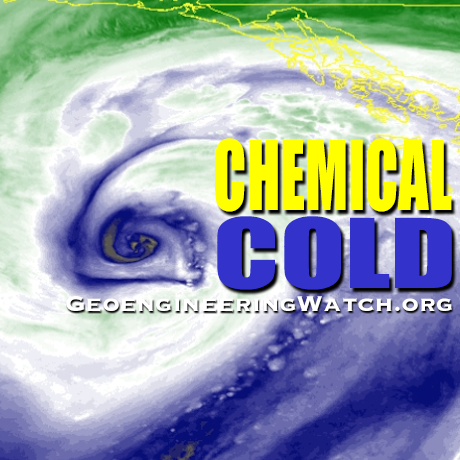


Read More From “Recent” >>
1966 Government Weather Modification Document
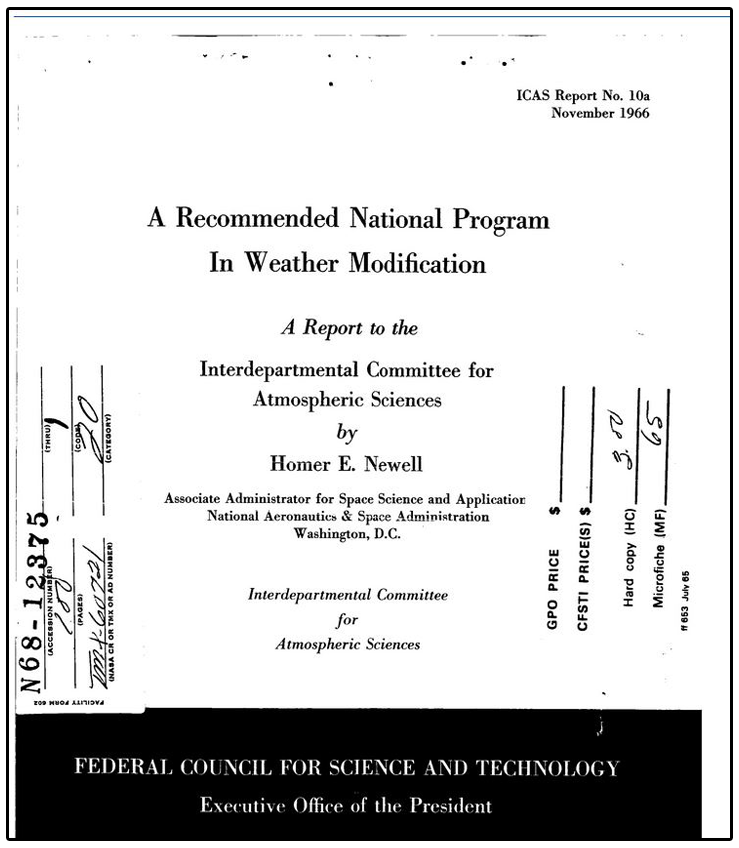
Weather Warfare Government Documents
Engineering Winter








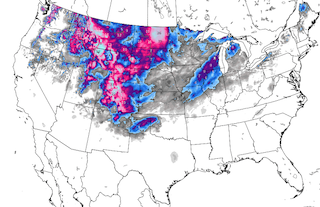

Engineering Wildfires










Into The Wild









OZONE DESTRUCTION





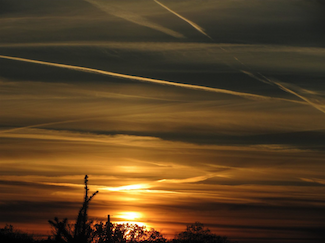


HAARP

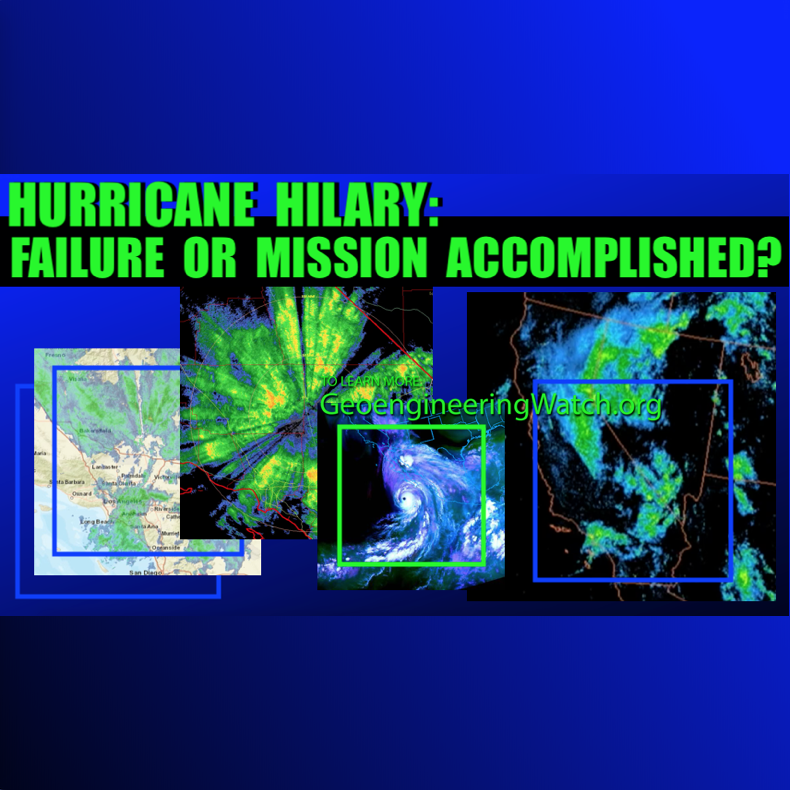

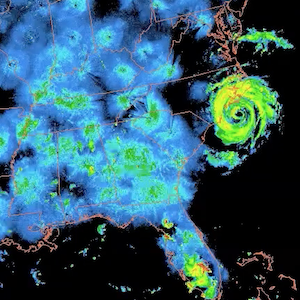

Disinformation


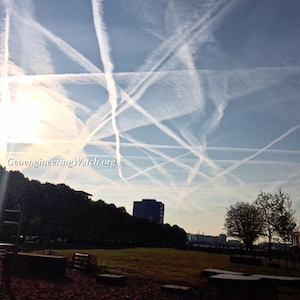
Global Meltdown









The 36,000 member Institute of Physics
“Climate geoengineering at scale must be considered only as a last resort…There should be no lessening of attempts to otherwise correct the harmful impacts of human economies on the Earth’s ecology and climate.”
IS RAYTHEON THE WEATHER?
Raytheon Corporation is the third largest weapons manufacturer, and is a partner in HAARP. Raethon also tells the weather to the American Meteorological Service (AMS) and is the leading corporation in Weather Modification Nano Technology, as well as advanced Weather Weapon Systems. Here is Raytheon's RAY GUN.....crowd control, weather modification, weapons systems, weather forecasting.......Raytheon. Still think they can't alter the weather?
Runaway Methane Scenario




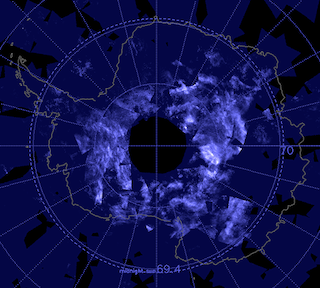





The Coming Collapse





Government Document “Geoengineering Governance and Technology”
OWNING THE WEATHER
An Award-Winning Documentary
View the Government Documents
"Weather as a Force Multiplier: Owning the Weather in 2025"
1966 Document - Weather Modification Report
All Documents
Get every new post delivered to your Inbox
Join other followers